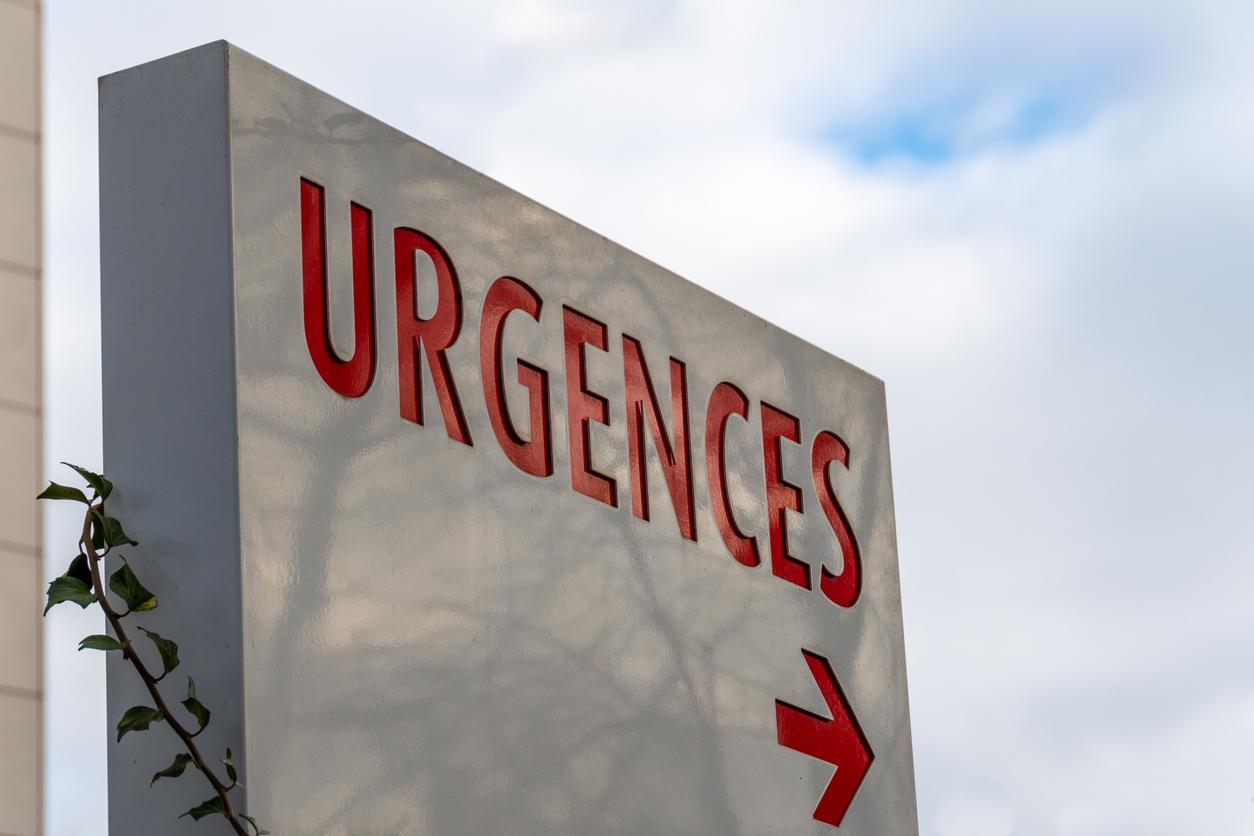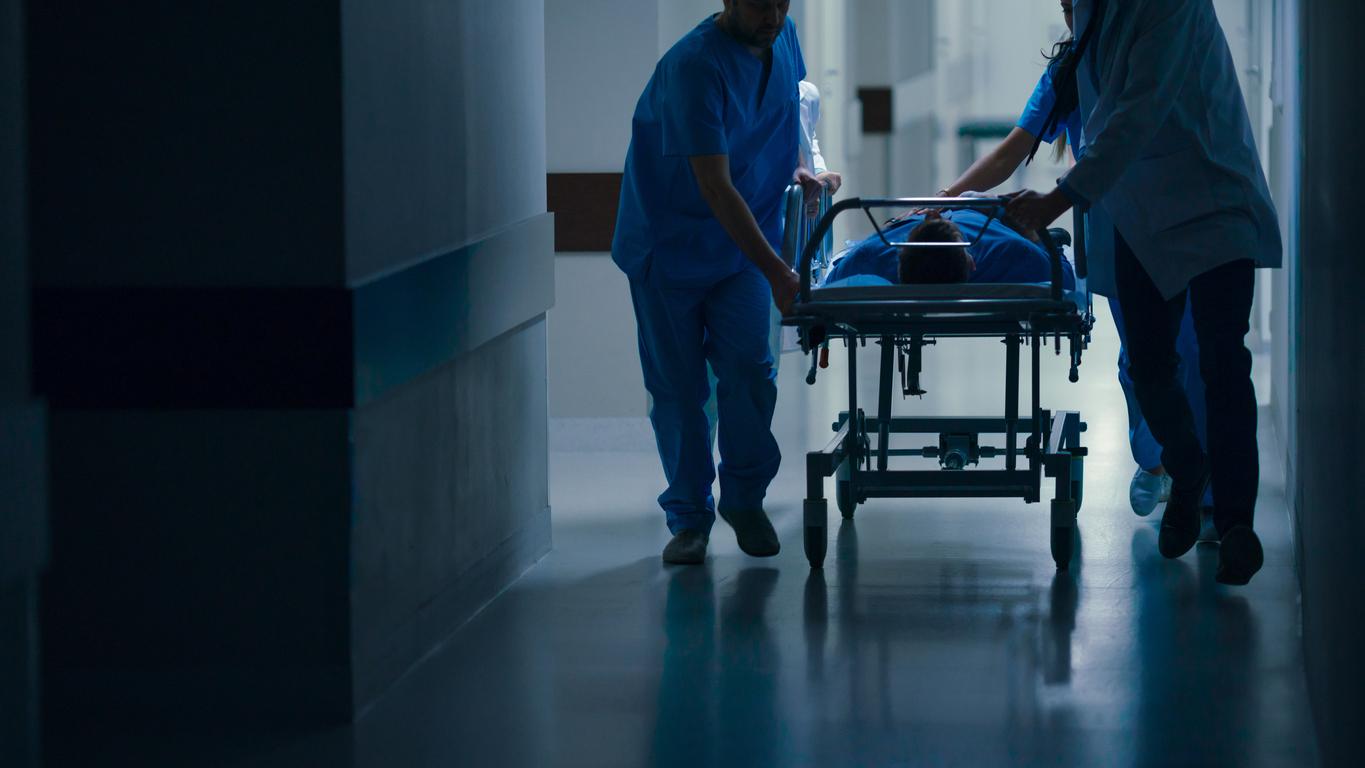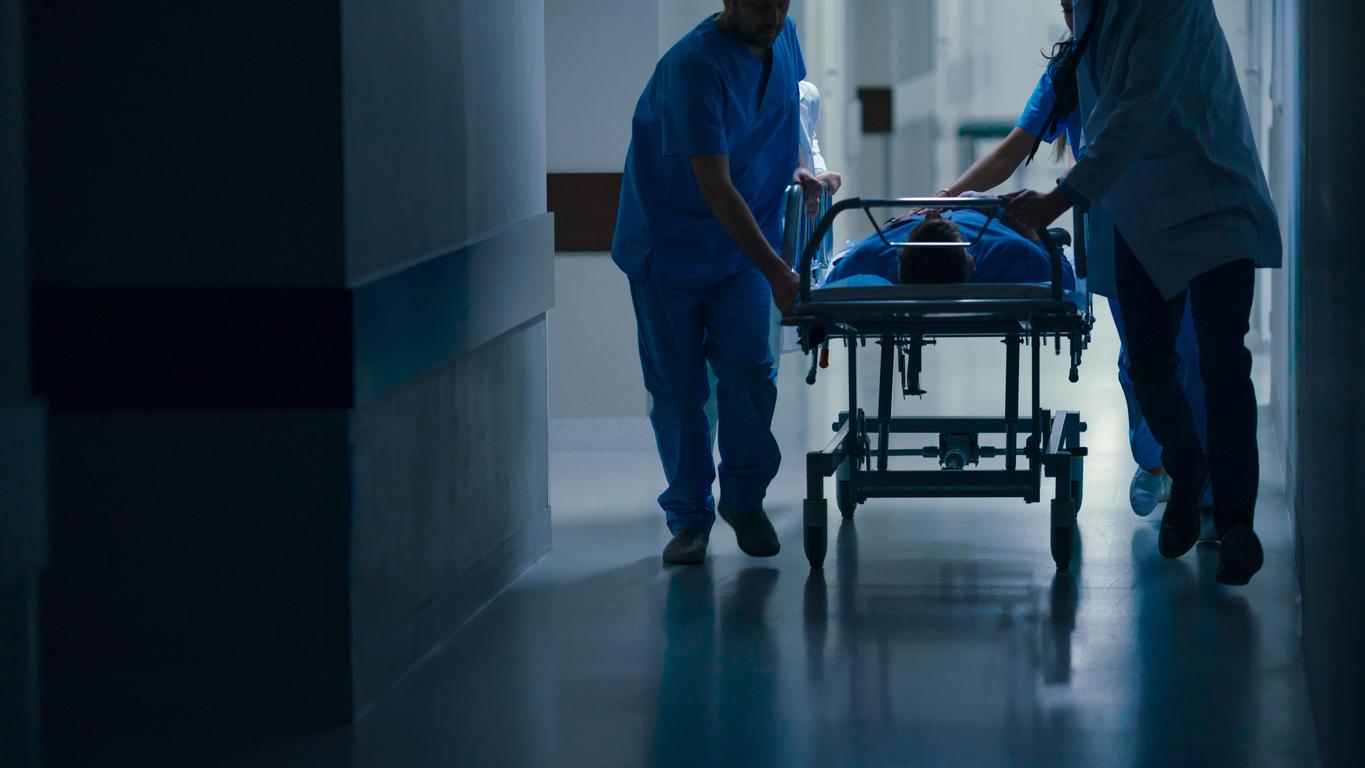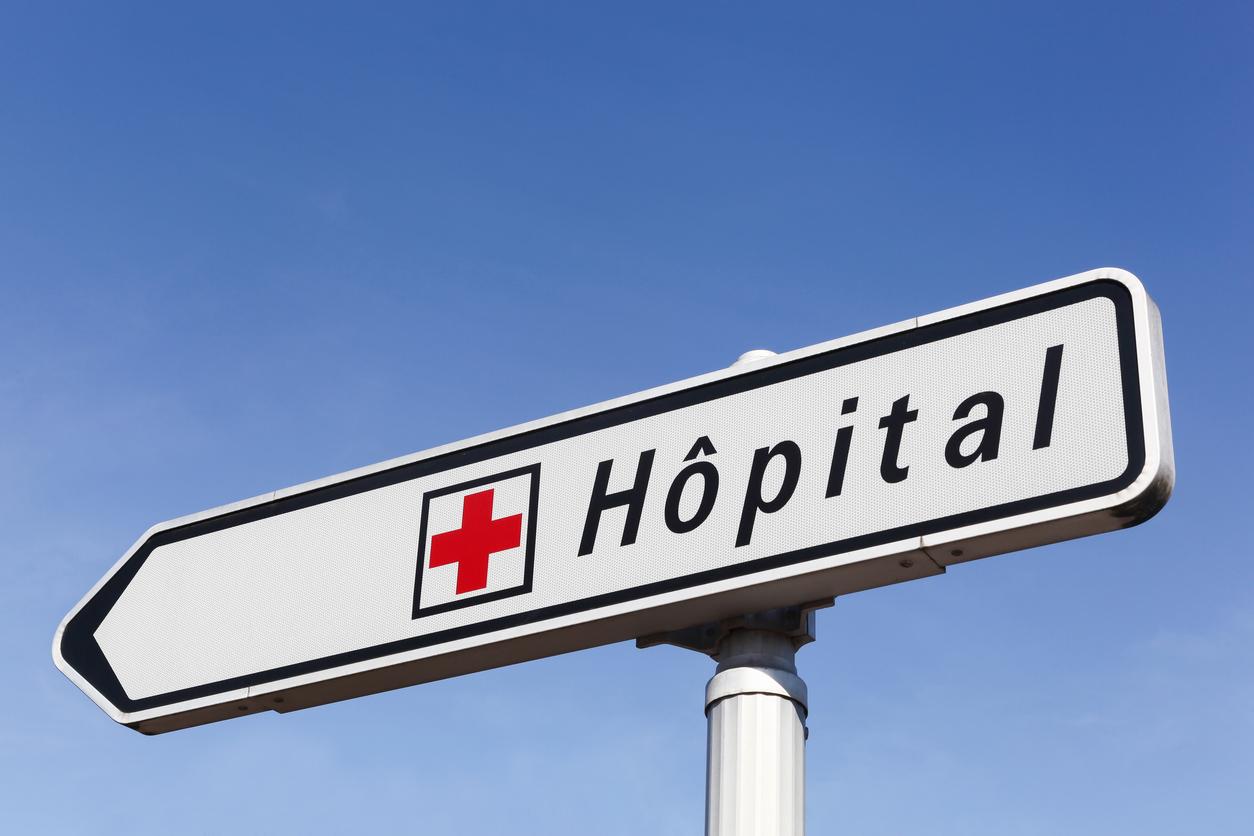“I was 30 when the first symptoms of stiff person syndrome appeared. I didn’t pay too much attention to it at first: dancing, my legs froze, it lasted two or three seconds. I was riding a horse, I lost a stirrup and I couldn’t get my foot back inside, so I fell… Coincidences, I told myself. Until it settled down a bit more and I had real difficulty walking, I was falling a lot.
At the time of the first symptoms, I also suffered from endometriosis at the most advanced stage. I was then living in Sweden, where I consulted specialists but where treatment was much slower and more complex than in France. When my difficulty moving got worse, I was told that endometriosis must be the cause, and they sent me to see a podiatrist… No need. One day, while I was on the stairs with my arms loaded with packages, my legs gave out and I fell.
Prisoner of my body
From that moment, I never walked normally again. Inside I moved on my tiptoes, outside on crutches, I couldn’t help it. I couldn’t go up and down the stairs anymore, so since I lived on the 3rd floor, my companion carried me to climb them. I had attacks of pain where my muscles became stiff like wood and felt like they were crushing my bones as they were so hard. At first it only affected the abdomen and legs. I had fits of convulsions of certain parts of the body. At the hospital, I was told it was all in my head.
Gradually, the crises escalated and started to break out after noise, light, stress. My brain couldn’t compensate for the information and my body froze. It happened that I had to go to the emergency room, and that my companion was forced to take me there himself because I was not considered an emergency for the Swedish health system, on the pretext that I was still able to speak. I don’t know what my medical wandering would have been in the face of this extremely rare disease in France, but I was very poorly taken care of in Sweden. The symptoms gained ground until the seizures trapped me in my own body to the point of not being able to speak.. There, the firefighters came and the neurological appointments began.
I saw three neurologists in three different Swedish hospitals, the last explained to me that I suffered from this disease, the Stiff Syndrom or stiff person syndrome. He prescribed me a drug, without explaining much to me, gabapentin (used to treat epilepsy), which is chemically similar to a substance present in the brain, which is lacking in people who have this pathology, gamma-amino-butyric acid (GABA). The medicine took effect and helped me feel a little better physically.
In search of the right medicine
In 2020, I looked for more information on this disease and I contacted all the French doctors who spoke about this subject in the press, until I found a neurologist at Pitié Salpêtrière, whom I begged to receive. After 10 days of examinations at the hospital, my diagnosis was confirmed and a new treatment was put in place, based on a muscle relaxant, Baclofen, Gabapentin, and Benzodiazepines, which made a real difference. My muscles were functioning almost normally. I managed to walk a few meters without crutches, for the first time in two years that I had been affected.
I was still living in Sweden, where I was followed by another neurologist, supposed to apply my French prescriptions. But the Swedish health system does not work in the same way and is very restrictive, especially when it comes to expensive drugs such as immunoglobulin cures which were prescribed to me every 4 to 6 weeks. I was offered an alternative treatment, a selective immunosuppressant, Rituximab, which worked well on me and helped me get back to an almost normal life. I resumed walking, sometimes I even go back on horseback. But this disease is progressive, and the attacks have continued.
“I was drowning in my saliva, I saw myself leaving”
At Christmas 2020, I was weaned too quickly from benzodiazepines, which the neurologist felt were too high for me. I was misinformed, they changed my medication without telling me that they were addictive. I started experiencing withdrawal symptoms, which my body couldn’t handle at all. Very violent crises ensued: I was at my parents’ for the end-of-year celebrations, I couldn’t talk anymore, they mixed my food and made me eatI could only drink through a straw.
At some point my body stopped responding, I couldn’t swallow. My brain refused to do it. I often read that it is not a fatal disease, but the consequences it has on the body if one is not accompanied can kill: I was completely blocked, I couldn’t swallow anymore and I was drowning in my saliva. My mom called the fire department while my dad was trying to stop me from choking. This moment was extremely violent, I saw myself leaving. I was put on benzodiazepines again after this event.
In addition to these terrible episodes, this disease is excessively disabling. We develop phobias. I can’t stand being in a big space, it gives me the impression that I’m going to fall, and I know that I wouldn’t have the reflex to cushion my fall: when I freeze, I fall like a log. I have already had a crisis of this type on a pedestrian crossing, I had to be helped, without anyone understanding why I was on the ground. There are lots of things I can’t do anymore, like driving on highways or at night. I miss too many landmarks.
I stay at home a lot and, little by little, I’m learning to spot the warning signs of seizures. I am more in control of my treatment too. I am accompanied by a multidisciplinary team, with a psychologist, an osteopath, a neurologist. I consider myself lucky to still be able to move around and live alone, with a whole host of techniques to be able to call an emergency contact or take medicine wherever I am. But I notice that the pathology evolves, intense stimuli, such as noise, light, temperature, worry, lead to seizures more easily neurological than before.”

















